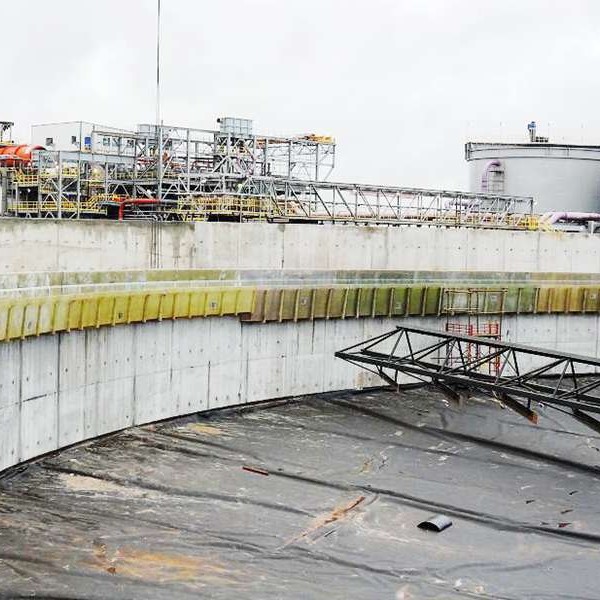
-
 Afrikaans
Afrikaans -
 Albanian
Albanian -
 Amharic
Amharic -
 Arabic
Arabic -
 Armenian
Armenian -
 Azerbaijani
Azerbaijani -
 Basque
Basque -
 Belarusian
Belarusian -
 Bengali
Bengali -
 Bosnian
Bosnian -
 Bulgarian
Bulgarian -
 Catalan
Catalan -
 Cebuano
Cebuano -
 China
China -
 China (Taiwan)
China (Taiwan) -
 Corsican
Corsican -
 Croatian
Croatian -
 Czech
Czech -
 Danish
Danish -
 Dutch
Dutch -
 English
English -
 Esperanto
Esperanto -
 Estonian
Estonian -
 Finnish
Finnish -
 French
French -
 Frisian
Frisian -
 Galician
Galician -
 Georgian
Georgian -
 German
German -
 Greek
Greek -
 Gujarati
Gujarati -
 Haitian Creole
Haitian Creole -
 hausa
hausa -
 hawaiian
hawaiian -
 Hebrew
Hebrew -
 Hindi
Hindi -
 Miao
Miao -
 Hungarian
Hungarian -
 Icelandic
Icelandic -
 igbo
igbo -
 Indonesian
Indonesian -
 irish
irish -
 Italian
Italian -
 Japanese
Japanese -
 Javanese
Javanese -
 Kannada
Kannada -
 kazakh
kazakh -
 Khmer
Khmer -
 Rwandese
Rwandese -
 Korean
Korean -
 Kurdish
Kurdish -
 Kyrgyz
Kyrgyz -
 Lao
Lao -
 Latin
Latin -
 Latvian
Latvian -
 Lithuanian
Lithuanian -
 Luxembourgish
Luxembourgish -
 Macedonian
Macedonian -
 Malgashi
Malgashi -
 Malay
Malay -
 Malayalam
Malayalam -
 Maltese
Maltese -
 Maori
Maori -
 Marathi
Marathi -
 Mongolian
Mongolian -
 Myanmar
Myanmar -
 Nepali
Nepali -
 Norwegian
Norwegian -
 Norwegian
Norwegian -
 Occitan
Occitan -
 Pashto
Pashto -
 Persian
Persian -
 Polish
Polish -
 Portuguese
Portuguese -
 Punjabi
Punjabi -
 Romanian
Romanian -
 Russian
Russian -
 Samoan
Samoan -
 Scottish Gaelic
Scottish Gaelic -
 Serbian
Serbian -
 Sesotho
Sesotho -
 Shona
Shona -
 Sindhi
Sindhi -
 Sinhala
Sinhala -
 Slovak
Slovak -
 Slovenian
Slovenian -
 Somali
Somali -
 Spanish
Spanish -
 Sundanese
Sundanese -
 Swahili
Swahili -
 Swedish
Swedish -
 Tagalog
Tagalog -
 Tajik
Tajik -
 Tamil
Tamil -
 Tatar
Tatar -
 Telugu
Telugu -
 Thai
Thai -
 Turkish
Turkish -
 Turkmen
Turkmen -
 Ukrainian
Ukrainian -
 Urdu
Urdu -
 Uighur
Uighur -
 Uzbek
Uzbek -
 Vietnamese
Vietnamese -
 Welsh
Welsh -
 Bantu
Bantu -
 Yiddish
Yiddish -
 Yoruba
Yoruba -
 Zulu
Zulu
frp sand pipe
The Benefits and Features of FRP Sand Pipes
FRP (Fiberglass Reinforced Plastic) sand pipes have emerged as a preferred solution in various industrial applications, particularly in the transport of sand and other abrasive materials. These pipes are known for their outstanding durability, corrosion resistance, and lightweight nature. This article delves into the benefits and features of FRP sand pipes, highlighting their utility and efficiency in today’s demanding environments.
Durability and Strength
One of the primary advantages of FRP sand pipes is their exceptional durability. Made by combining fiberglass with a polymer matrix, these pipes are designed to withstand harsh conditions. Unlike traditional materials such as steel or concrete, FRP pipes do not corrode, rust, or degrade over time when exposed to various environmental factors. This strength ensures a longer service life, reducing the frequency of replacements and maintenance costs associated with more traditional piping systems.
Lightweight Nature
FRP sand pipes are significantly lighter than their counterparts made from materials like steel or concrete. This lightweight characteristic makes them easier to handle and install, which can lead to reduced labor costs and faster project completion times. Additionally, the lightweight nature of FRP allows for the use of less robust support structures, further enhancing installation efficiency.
Corrosion Resistance
The corrosion resistance of FRP sand pipes is another key selling point. In environments where exposure to chemicals or salty water is common, FRP pipes maintain their structural integrity. This property ensures that they do not leak or suffer damage that often leads to environmental hazards, thus promoting safer operations in industrial settings.
frp sand pipe

Flexibility in Design
FRP allows for versatility in design that traditional materials cannot match. Manufacturers can mold FRP pipes into various shapes and sizes, making it easier to accommodate specific project requirements. Furthermore, custom solutions can be developed to meet the unique demands of different industries, from oil and gas to construction and mining.
Cost-Effectiveness
While the initial investment in FRP sand pipes may be higher compared to traditional materials, the long-term cost benefits are substantial. The durability of FRP means less frequent replacements, reduced maintenance needs, and lower labor costs associated with installation and upkeep. Over time, this leads to significant savings for industries that rely on the efficient transport of materials.
Environmental Impact
The manufacturing process of FRP pipes often utilizes sustainable practices, making them a more environmentally friendly option compared to other materials. Additionally, their longevity and resistance to environmental degradation contribute to a reduced ecological footprint, enabling industries to adhere to stricter regulations and sustainable practices.
Conclusion
In conclusion, FRP sand pipes present a myriad of benefits that make them an ideal choice for various applications involving the transportation of abrasive materials. Their durability, lightweight nature, corrosion resistance, design flexibility, and cost-effectiveness provide industries with efficient and reliable solutions. As the demand for superior piping systems continues to grow, FRP sand pipes are poised to play a crucial role in shaping the future of industrial operations, proving to be not just a feasible option, but a preferred choice in modern piping solutions.
Latest news
-
Exploring the Benefits of Top Hammer Drifter Rods for Enhanced Drilling PerformanceNewsJun.10,2025
-
High-Precision Fiberglass Winding Machine for GRP/FRP Pipe Production – Reliable & Efficient SolutionsNewsJun.10,2025
-
FRP Pipes & Fittings for Shipbuilding - Corrosion-Resistant & LightweightNewsJun.09,2025
-
Premium FRP Flooring Solutions Durable & Slip-ResistantNewsJun.09,2025
-
Premium Fiberglass Rectangular Tanks Durable & Lightweight SolutionNewsJun.09,2025
-
Tapered Drill String Design Guide Durable Performance & UsesNewsJun.09,2025









